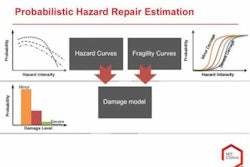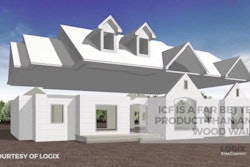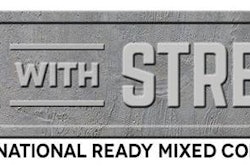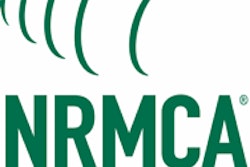The Massachusetts Institute of Technology (MIT) has released a new study entitled “A Break-Even Hazard Mitigation Metric” that reaffirms the importance of utilizing durable materials in construction. The report confirms the validity of recent efforts by Build with Strength, a coalition of the National Ready Mixed Concrete Association (NRMCA), to educate the design/build and construction communities in Seattle, Washington about the importance of using durable and resilient construction materials.
Using a new tool known as BEMP (Break Even Mitigation Percent), we can now estimate the cost of weather hazards. The study found a $10 million non-engineered wood building is expected to face more than half a million dollars in hazard related damages over 50 years, while a $10 million engineered concrete building is expected to face only $165,000 over the same period.
According to the study, “simple, practical metrics such as the BEMP can be incorporated into tools to support building designers, property owners, and community leaders as they compare mitigation options in anticipation of hazard damage.”
The MIT study found that up to $340,000 (the difference in the damage costs) could be additionally invested on top of the $10 million planned initial cost to build an engineered concrete building rather than a wood building, and still break even over the 50 year lifetime.
“MIT is reaffirming something that concrete builders already know, that concrete construction not only increases the safety of new structures, but it provides the design/build and construction community more financial flexibility and saves money over time,” says Kevin Lawlor of Build With Strength.
MIT’s research is particularly useful to Seattle’s low- to mid-rise residential sector because residents are more vulnerable to the weather-related hazards than other parts of the country, utilizing stronger and more durable materials in construction is paramount.
“The National Weather Service estimated that weather events caused $4.2 billion in property damage across the United States last year, dramatically impacting local economies, communities, and families,” continues Lawlor, “With weather-related damages only expected to increase over the coming years, it makes perfect sense to invest more upfront and save money in the long run.”
Learn more at www.buildwithstrength.com


















